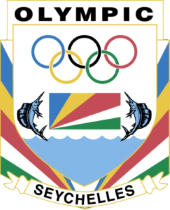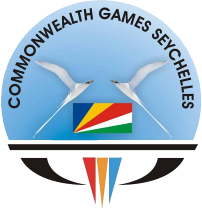Olympic Movement
The Olympic Movement is the concerted, organized, universal and permanent action, carried out under the supreme authority of the IOC, all individuals and entities who are inspired by the values of Olympism.
The values are:
- Friendship
- Excellence
- Respect
Under the supreme authority and leadership of the International Olympic Committee, the Olympic Movement encompasses organizations, athletes and other persons who agree to be guided by the Olympic Charter. The Olympic Movement originated out of Pierre de Coubertin’s beliefs that “the shared pursuit of excellence would build an international movement which could contribute to be the peaceful resolution of the international understanding would be enhanced.
In addition to the IOC, the Olympic Movement therefore includes the International Sports Federations (IFs), the National Olympic Committees (NOCs), the Organising Committees for the Olympic Games (OCOGs), all other recognised federations, institutions and organisations, as well athletes, judges/referees, coaches and other sports technicians.
The goal of the Olympic Movement is clearly defined in the Olympic Charter:
“The goal of the Olympic Movement is to contribute to building a peaceful and better world by educating youth people through sport practiced in accordance with Olympism and its values.” Olympic Charter, 2015, Rule 1.1.
The Olympic Movement is defined also by the numerous activities in which it engages, such as:
- Promoting sport and competitions through the intermediary of national and international sports institutions worldwide.
- Cooperation with public and private organisations to place sport at the service of mankind.
- Assistance to develop “Sport for All”.
- Advancement of women in sport at all levels and in all structures, with a view to achieving equality between men and women.Help in the development of sport for all.
- Opposition to all forms of commercial exploitation of sport and athletes.
- The fight against doping.
- Promoting sports ethics and fair play.
- Raising awareness of environmental problems.
- Financial and educational support for developing countries through the IOC institution Olympic Solidarity
Olympism
Olympism is a philosophy of life, exalting and combining in a balanced whole the qualities of body, will and mind. Blending sport with culture and education, Olympism seeks to create a way of life based on the joy of effort, the educational value of good example and respect for universal fundamental ethical principles. – AS PER THE OLYMPIC CHARTER
The Olympic Rings
This is the most widely recognised symbol of the Olympic Games. It is made of five  interlocking rings. The colours are blue, black, red, yellow and green. They are laced together to represent the universality of Olympism. The rings are often said to represent the five parts of the world involved in the Olympic Games: Europe, Asia, Oceania, Africa and the Americas.
interlocking rings. The colours are blue, black, red, yellow and green. They are laced together to represent the universality of Olympism. The rings are often said to represent the five parts of the world involved in the Olympic Games: Europe, Asia, Oceania, Africa and the Americas.
The Olympic Flag
The Olympic flag has the five coloured rings on a white background. At least one of these five colours, including the white background, appears in the flag of every competing nation
The Olympic Flame and Torch
The Olympic flame symbolizes the striving for perfection and the struggle for victory. It also represents peace and friendship. The tradition of the modern Olympic torch began in 1936 at the Berlin Games and has since remained as an Olympic custom.
The Olympic Motto
Citius, Altius, Fortius” is Latin for “Faster, Higher, Braver,” but is universally accepted to mean “Swifter, Higher, Stronger.
The Olympic Message
The most important thing in the Olympic Games is not to win but to take part… Just as the most important thing in life is not the triumph, but the struggle.



